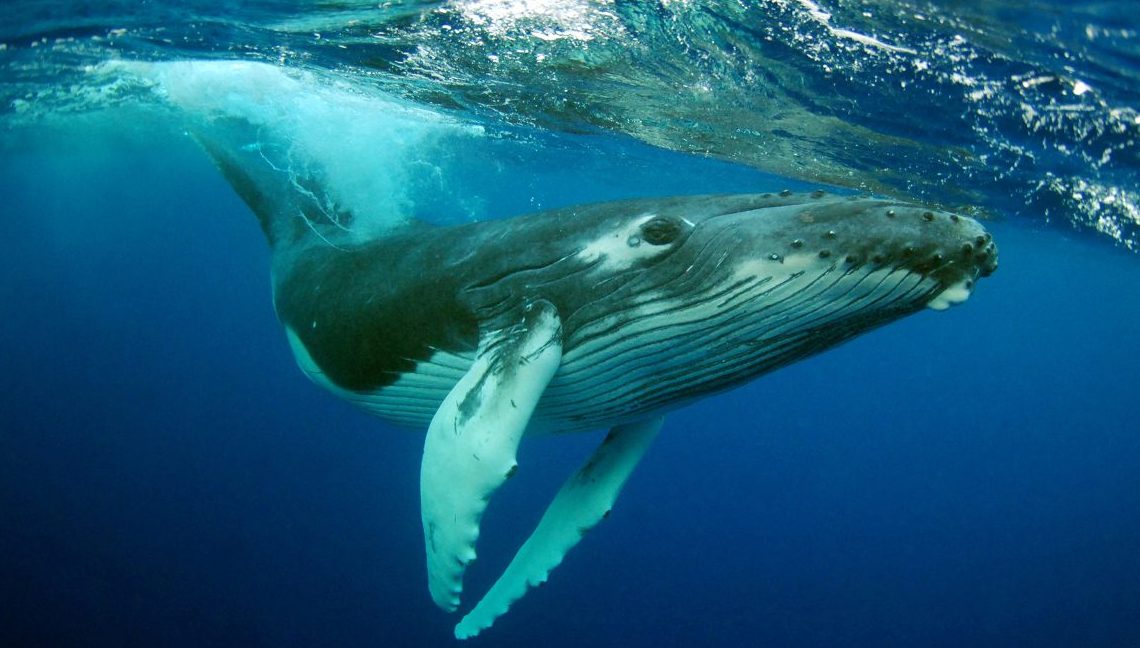Over the course of their long lives, whales develop quite the ear wax buildup.
In the largest of Earth’s majestic ocean-dwellers, the blue whale, wax plugs inside the ear can grow up to 10 inches long, The Atlantic reported. And in these collections, if you will, are vast stores of information. Like tree rings, the plugs develop layers over time that tell the whale’s story — lighter bands form in the months spent binge-eating while darker coatings are created during migrations. Multiple layers can even tell the animal’s age.
The earwax is a kind of “chronological chemical biography” when analyzed that can reveal the chemicals and substances coursing through the whale’s body in any given year. And, in relation, everything that was going on with the oceans, like pollution, hunting trends and temperature variations.
“I think this is going to revolutionize our studies of whale biology,” said Kathleen Hunt from Northern Arizona University. “Whale biologists are used to gleaning tiny bits of information from samples like a single blubber biopsy, one or two fecal samples, or a few photographs scattered over years. An earwax plug is more like 200 samples in a row, taken from the same animal, every 6 months, for its whole life.”
Thanks for reading InsideHook. Sign up for our daily newsletter and be in the know.


















